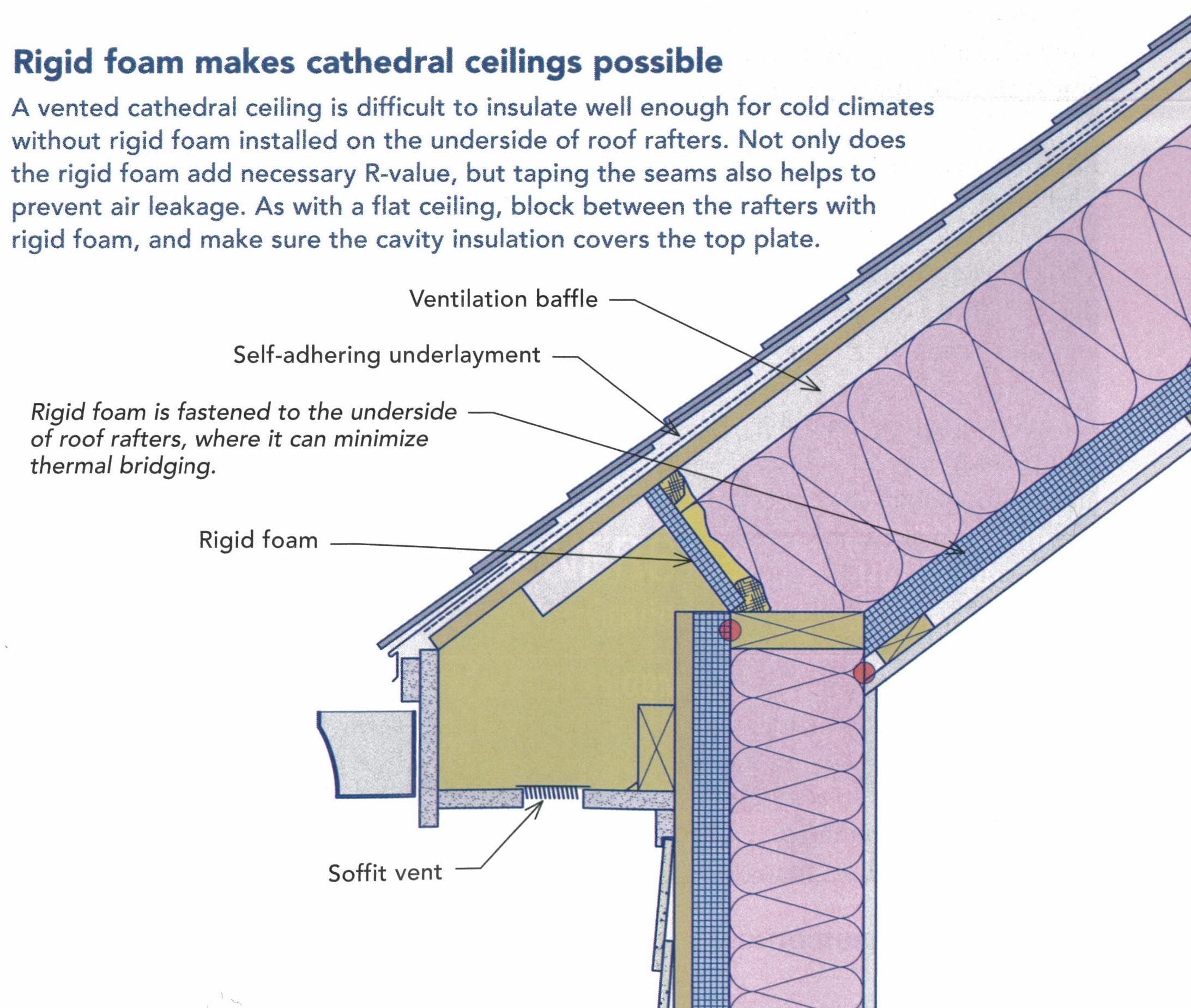Unvented Cold Pitched Roof

Inclined along the line of rafters warm roof or positioned within the roof structure to form an insulated void room in roof which can result in warm and cold roof areas.
Unvented cold pitched roof. Unvented roof assemblies should be insulated either with air impermeable insulation rigid foam or spray polyurethane foam or with a combination of foam and air permeable insulation. Unvented roofs also make a lot of sense in high wind or high fire areas where vents might admit drenching rains or embers. The sealed cold roof system does not need the provision of ventilation directly into the loft space and works on the principle of a monarperm vapour open or permeable underlay being used under the roof tiles simply allowing vapour drive to diffuse any water vapour harmlessly into the batten space and the external atmosphere beyond. The code doesn t say if you do a good job of those you can disregard the other requirements for the assemblies.
Un vented roofs operate on the principle that moisture entering the roof assembly can be controlled and that there is no need for venting to control moisture accumulation. Alternatively an unventilated pitched roof may be designed. However where vapour permeable underlays are specified this requirement may be relaxed. But the nightly low temp is barely affected by the daily peak temp usually limited from going colder than the dew point of the proximate air.
If you don t want to use sips or nailbase there are four basic approaches. In pitched roof construction thermal insulation can be placed horizontally at ceiling level cold roof. Unvented roof here again the choice of what insulation to use and whether to install it over or under the roof deck depends on the condition of the present roof the depth of rafters the r value you must attain and cost. Unvented roof assemblies such as conditioned attics and unvented cathedral ceilings are becoming common in north american construction.
Cold roof voids are typically required to be ventilated. Every roof here vented or unvented is required to incorporate a warm side vapour barrier and an effective air barrier. The principle applied here is warm moist air rising from below is allowed to permeate through the roof membrane removing the need to fully ventilate the roof. 475 says their modelling shows these unvented roofs will work.
In order for an un vented roof assembly to function properly the following conditions must be in place. This document provides a brief description of different types of unvented roof assemblies and the benefits of unvented roof construction.














































